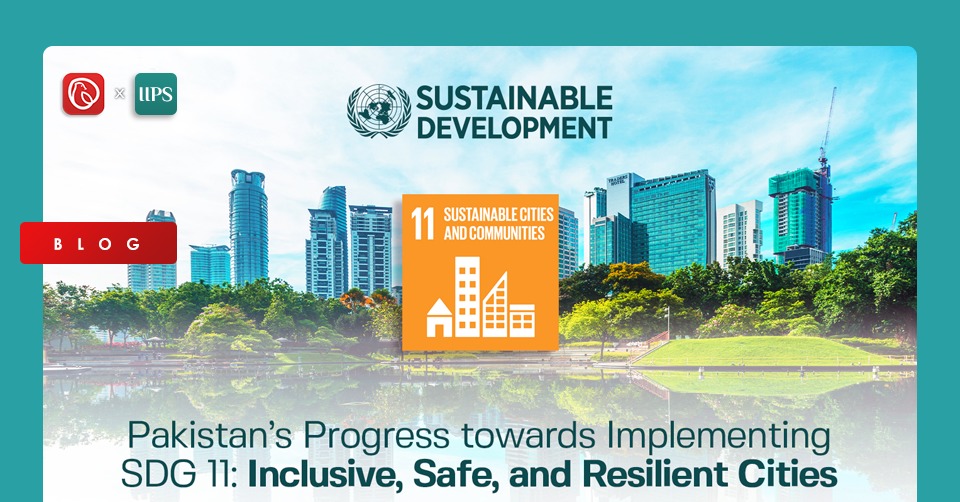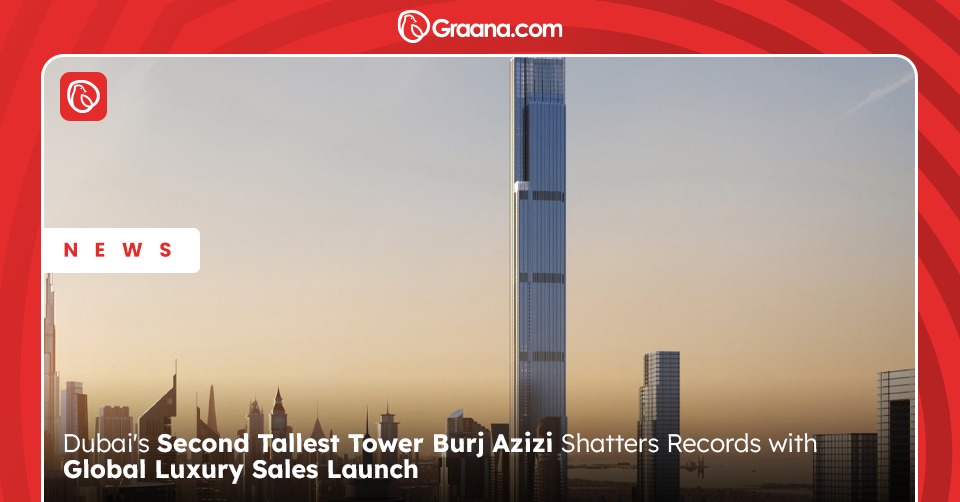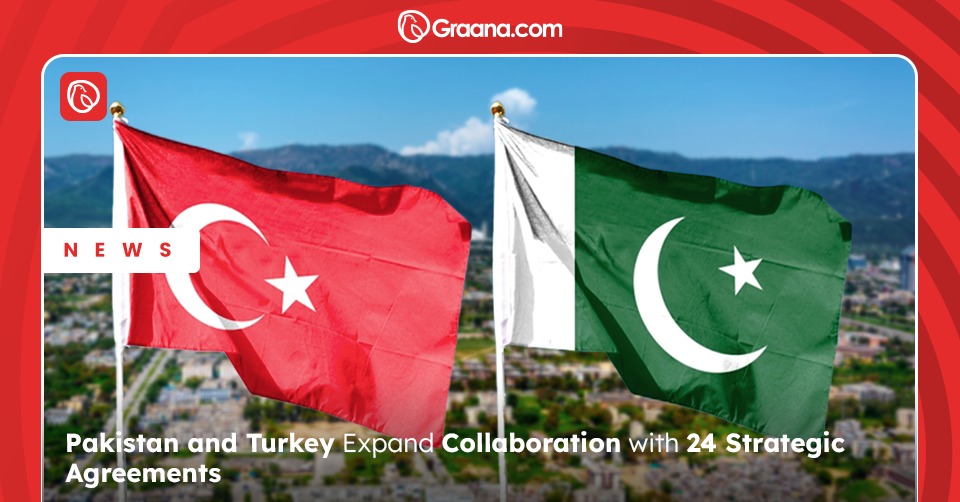Introduction
Humanity has survived through countless generations by living in groups, settlements, and large societies. It is not like human beings to live alone and detached from other humans. Beginning from hunter-gatherer societies that brought people together based on their basic need of survival, human settlements evolved with time based on their needs. With the domestication of animals, humans geared into a new era of agriculture-based settlements. Innovations in man-made tools, transport mechanisms, and technology further evolved human society into an industrialised settlement characterised by a large number of people living near factories and manufacturing plants. The concept later came to be known as urban versus rural. Where rural lands were considered a less developed form of settlement than urban. Half the planet’s population now lives in urban cities. They also generate four-fifths of the entire world’s GDP with many cities exceeding more than 10 million residents (Barber, 2016). Therefore, ensuring that cities remain inclusive, safe, resilient, and sustainable for future generations, the targets set out in the sustainable development goals (SDGs) must be achieved to the maximum extent. Continue reading to understand Pakistan’s progress towards achieving SDG goal 11 targets.
Research Questions
- What is the significance of SDG 11?
- What is Pakistan’s progress towards implementing SDG 11?
Understanding SDG Goal 11: Inclusive and Sustainable Cities
As the world fights with a deadly pandemic that has taken more than 2 million lives, most infections have been found in urban areas. Rapid urbanisation and rural to urban migrations are increasing the burden on urban areas as city boundaries are creeping into farmlands. Problems related to air pollution, inadequate infrastructure, unreliable municipal services, transportation, and healthcare facilities are growing by the day. Also, due to the high demand for housing and limited supply of land, most people who migrate to urban areas do not find decent living conditions and are forced to live in squatter settlements. That gives rise to urban inequality and major problems for the poor and weak. The share of the urban population living in slums grew by 24% in 2018 and only half of the urban population in the world have access to proper transportation (UN, 2021). Growing industries and the removal of the green cover from cities has also led to 4.2 million premature deaths in 2016 alone (WHO, 2018).
The SDGs goal 11 aims to make cities more inclusive for all residents by making adequate, safe, and affordable housing for all a reality. It has set targets for the upgradation of slums, affordable and sustainable transport systems, protection of cultural and heritage sites, reducing adverse effects of natural disasters, providing inclusive and green spaces, disaster risk reduction, and building resilient and sustainable infrastructure. Public and private organisations can help achieve these monumental tasks by collaborating and introducing practical implementable programs. If businesses encourage the provision of specific infrastructure, technology, services, and financing solutions, cities can leverage businesses to identify new and innovative solutions to sustainability challenges (SDG Compass, 2021).
Pakistan’s Progress on Implementing SDG 11
Pakistan is one of the most urbanised countries in South Asia. This makes the importance of SDG 11 more profound in the country. But Pakistan is stagnating in its progress towards achieving the targets set out in SDG 11. The overall increase in the different indicators set out by SDGs standards is less than 50%, while air pollution in urban centres is rising every year on an alarming basis (SDG report, 2020). The incumbent government has shown interest in improving Pakistan’s environmental landscape and has implemented projects like the Billion Tree Tsunami Project. But conditions related to urban housing and affordability remain. Pakistan’s metropolitan cities experience a significant shortage of housing, with most rural to urban migrants and poverty-stricken urban residents being forced to live in squatter settlements. Although the government has introduced multiple slum rehabilitation, relocation, and upgradation programs, not much has been achieved with regards to improving the lifestyle of slum dwellers.
Similarly, municipal services in all major areas of Pakistan remain in a dismal state. As informal settlements continue to grow, the municipal services of planned areas are unable to cope with the influx of demand and use. This not only disrupts services for the formal residents but also aggravates difficulty for city management authorities. Pakistan also experiences strong rainfalls in the monsoon season. Most of the roads built in major cities of Pakistan do not have mechanisms for spillway of rainwater to sewages or stormwater drains. This causes the roads to get damaged over time and makes transportation difficult on damaged roads. Most cities in Pakistan lack urban planning or are based on plans which did not keep the future needs of the city in consideration during the design phase. Islamabad is one such example. Recently, Lahore was mapped by a third-party firm and a new design for city infrastructure was laid out. That is a welcome step, but its implementation remains to be seen.
Moreover, as cities run scarce on space for their residents due to overpopulation, public and green spaces have either been illegally occupied by housing societies or have been repurposed for industrial use. Green areas are also limited to posh areas where people are offered luxury living. But clean air and a healthy ecosystem is the right of every citizen. Pakistan has recently taken positive steps in this direction by planting trees and encouraging the use of renewable energy through the promotion of electric vehicles. Lastly, to make cities more inclusive, bold steps are required at policy and administrative levels. Inclusive cities are not smart cities. Rather they are those cities that promote growth for all segments of the society at the same level.
Conclusion
The SDGs goals cannot provide answers to all the problems faced by cities in Pakistan, but they do offer key areas of consideration, to begin with. Pakistan continues to stagnate on its targets for SDGs goal 11. The combined growth of Pakistani cities on SDGs indicators is also reported at less than 50 per cent. Many governments in the past have tried to provide affordable housing to urban residents but have failed due to fraud schemes and bureaucratic delays. But the incumbent government has started to fulfil its promise by providing affordable housing units to people. This shows positive signs of growth in the SDGs goal 11.
Key Takeaways
- Half the planet’s population now lives in urban cities. They also generate four-fifths of the entire world’s GDP with many cities exceeding more than 10 million residents.
- As the world fights a deadly pandemic that has taken more than 2 million lives, most infections have been found in urban areas.
- Problems related to air pollution, inadequate infrastructure, unreliable municipal services, transportation, and healthcare facilities are growing by the day.
- Due to the high demand for housing and limited supply of land, most people who migrate to urban areas do not find decent living conditions and are forced to live in squatter settlements.
- The share of the urban population living in slums grew by 24% in 2018 and only half of the urban population in the world have access to proper transportation.
- SDG 11 has set targets for the upgradation of slums, affordable and sustainable transport systems, protection of cultural and heritage sites, reducing adverse effects of natural disasters, providing inclusive and green spaces, disaster risk reduction, and building resilient and sustainable infrastructure.




